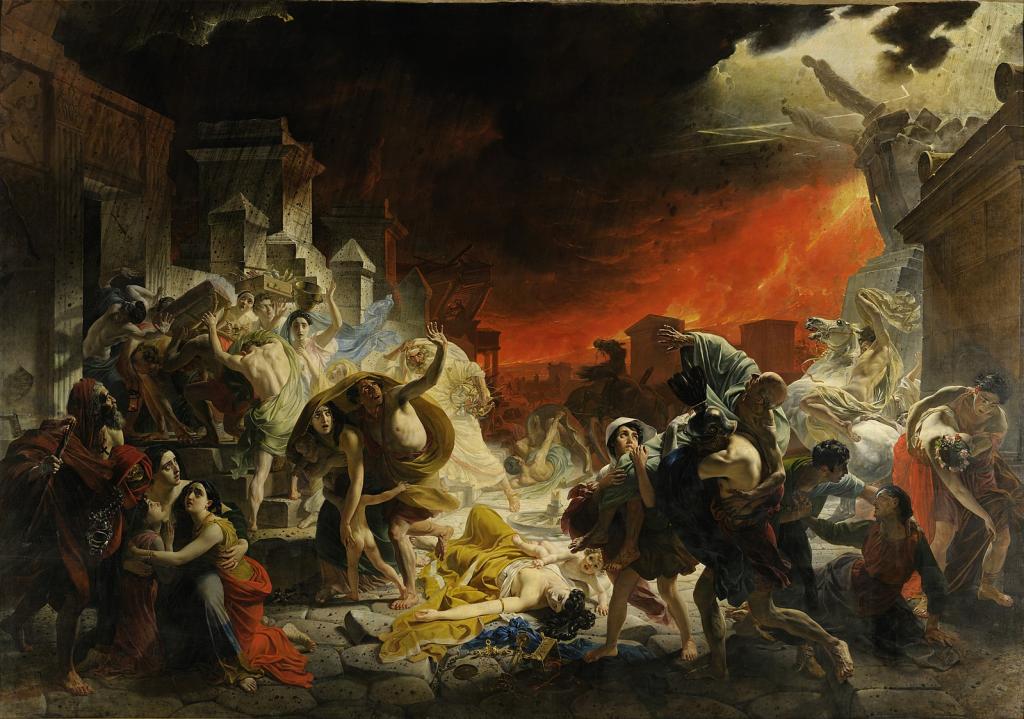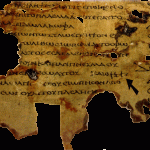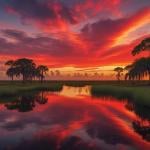
Today, writing from deep within Fortress Peterson, I conclude my slow-motion promenade through Bart J. Kowallis, “In the Thirty and Fourth Year: A Geologist’s View of the Great Destruction in 3 Nephi,” BYU Studies 37/3 (1997-1998):
An explosive volcanic eruption can be an unimaginably terrifying experience. For instance, Professor Kowallis cites the words of the Roman writer Pliny the Younger (whose own father perished in the catastrophe) describing reactions to the eruption of Mount Vesuvius in AD 79:
People bewailed their own fate or that of their relatives, and there were some who prayed for death in their terror of dying. Many besought the aid of the gods, but still more imagined there were no gods left and that the universe was plunged into eternal darkness for evermore. (180).
An Alaskan Inuit or Eskimo named Ivan Orloff wrote to his wife during the 1912 eruption of the Katmai volcano:
We are awaiting death at any moment. A mountain has burst near here. We are covered with ash, in some places ten feet and six feet deep. All this began on June sixth. Night and day we light lanterns. We cannot see daylight. We have no water, the rivers are just ashes mixed with water. Here are darkness and hell, thunder and noise. I do not know whether it is day or night. The earth is trembling, it lightens every minute. It is terrible. We are praying. (180)
On an amusing note — amusing in retrospect, anyway — the terror of the inhabitants of Alancho, Nicaragua, was so great during the eruption of Coseguina in 1835 that, fearing that the Day of Judgment had arrived, “three hundred of those living [together] out of wedlock were married at once” (181).
It’s difficult not to be reminded of the lamentations of those who survived the cataclysm described in 3 Nephi, who began to “cry and mourn,” saying,
O that we had repented before this great and terrible day, and had not killed and stoned the prophets, and cast them out. (3 Nephi 8:25)
Dr. Kowallis concludes his richly documented geological/historical survey as follows:
A question that might be asked by those who doubt the truth of the Book of Mormon account is, “What is so remarkable about the account of a volcanic eruption?” “No doubt,” they would say, “Joseph Smith had read an account of a volcanic eruption and thought it would make a nice backdrop for the destruction he envisioned occurring at Christ’s death.” I would answer that the account is remarkable for its detail and accuracy and that such an account would have been impossible for an uneducated young man to have published in 1830. Volcanoes were neither well understood nor well documented in the early 1800s. Geology was a science still in its infancy. The first real textbook of geology was published the same year as the Book of Mormon, 1830, by Charles Lyell in Great Britain. But his descriptions of volcanic eruptions, as well as the few other accounts available in Joseph Smith’s day, are incomplete and do not include all the features found in the Book of Mormon account, features that are now known to occur with large explosive eruptions. (181)
Still, a skeptic might point out, the explosion of Tambora — “probably the most spectacular eruption in historic times,” as Professor Kowallis describes it –occurred in 1815, when Joseph Smith was roughly ten years old, and it had considerable direct impact on the Smith family. (Significantly, the first volume of Saints, the new official history of the restored Church of Jesus Christ, begins with it.) He surely must have heard of that cataclysm and he could, therefore, have modeled his 3 Nephi account on it.
However, Dr. Kowallis contends that this is extremely unlikely. “The eruption was almost completely unreported at the time it occurred, and detailed available accounts of the eruption are still rare” (181-182). Those that existed prior to the publication of the Book of Mormon omit many of the salient features and, accordingly, cannot explain the contents of 3 Nephi. It wasn’t until 1847 that fairly detailed scientific reports began to appear and, even then, their distribution was limited.
The seeming accuracy of 3 Nephi’s narrative about a massively destructive natural catastrophe appears to be a significant mark in favor of its plausible historicity.












